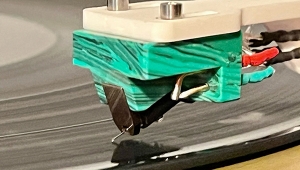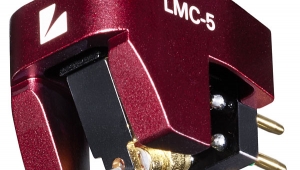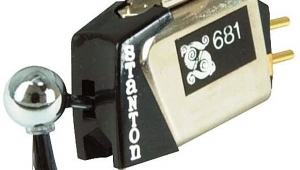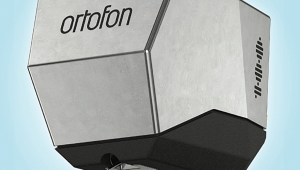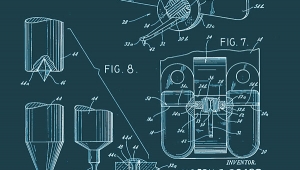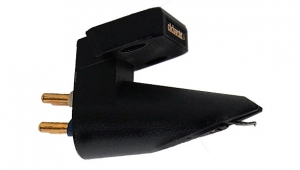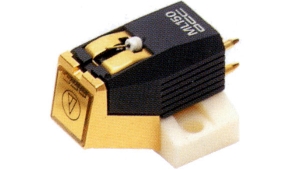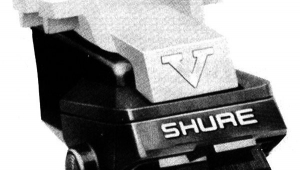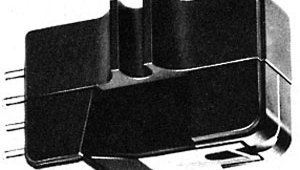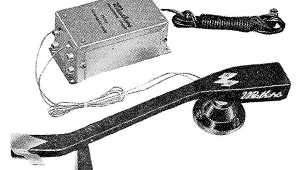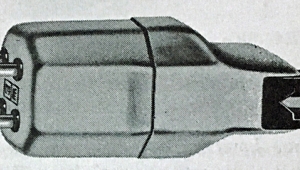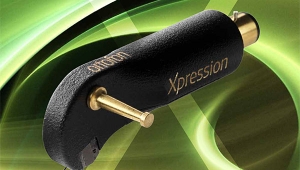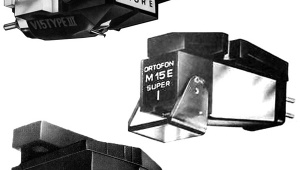| Columns Retired Columns & Blogs |
Dear Sir,
I enjoy your writing very much - all of your pieces are very well written. However, a big question remains after reading this article: how did you go about selecting the turntable? There are so many brands out there - vpi, clearaudio, rega, avid, sme, spiral groove, oracle, basis, kuzma.....
Add combinations of tonearms and cartridges, and one can go completely crazy just thinking about all the possibilities, let alone listening to all the combinations.
So how do you recommend one select a turntable?
Thank you



